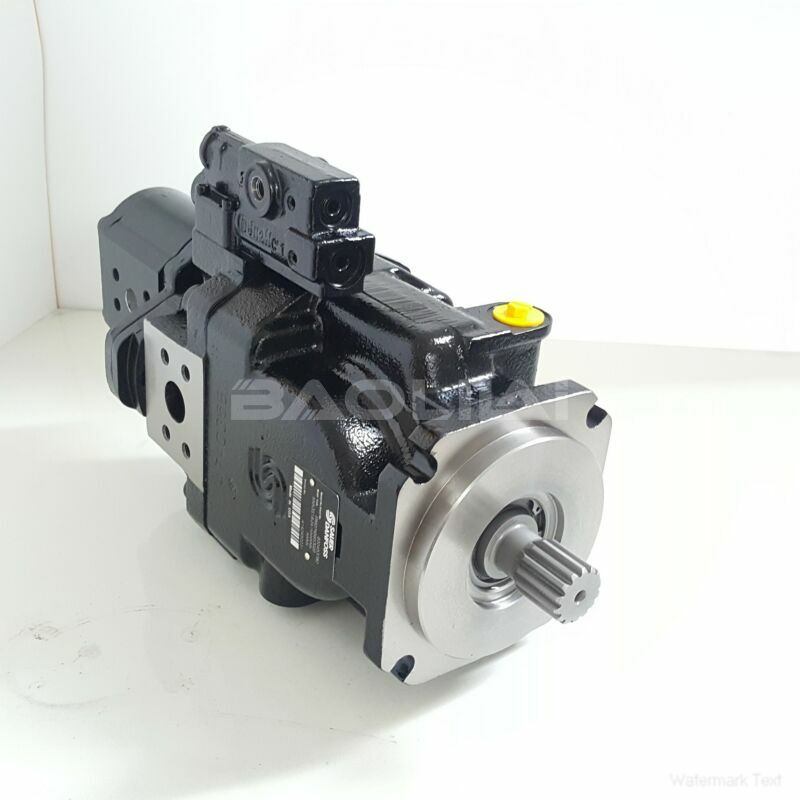FRR074BLS2620NNN3S1R2A1NNNNNNNNNN high pressure pump
FRR074BLS2620NNN3S1R2A1NNNNNNNNNN high pressure pump

- Product Details
- Applicable Scene
In today’s agricultural landscape, efficient water management is crucial for maximizing crop yields and ensuring sustainable farming practices. High-pressure pumps play a pivotal role in modern irrigation systems, facilitating effective water distribution, optimizing resource use, and enhancing overall productivity. This article explores the significance of high-pressure pumps in contemporary irrigation systems, their working mechanisms, and the benefits they bring to agriculture.
FR-R-074B-LS-26-20-NN-N-3-S1R2-A1N-NNN-NNN-NNN
FRR074BLS2620NNN3S1R2A1NNNNNNNNNN
High-pressure pumps are designed to move water at elevated pressures, which is essential for delivering irrigation water over long distances or to elevated areas. Unlike traditional gravity-fed systems, high-pressure pumps enable farmers to maintain consistent water flow, irrespective of topographical challenges. This capability is particularly important in regions where water sources are located far from the agricultural land or where terrain variations necessitate advanced pumping solutions.

83029931
One of the most significant advantages of high-pressure pumps is their ability to facilitate various irrigation methods, including drip and sprinkler systems. Drip irrigation systems deliver water directly to the root zones of plants, significantly reducing water wastage and increasing efficiency. High-pressure pumps ensure that water is pushed through the filtration and distribution systems effectively, maintaining the required pressure for optimal performance. In sprinkler systems, high-pressure pumps provide the necessary force to distribute water evenly over large areas, ensuring coverage and mitigating the risks of dry spots or waterlogging.
Moreover, modern high-pressure pumps are often equipped with advanced technologies, such as variable frequency drives (VFD), which allow for better control of water flow and pressure. This technological integration enables farmers to adjust pumping rates in response to real-time weather data, soil moisture levels, and crop water needs. Such adaptability not only conserves water but also reduces energy consumption, a critical factor in sustainable agriculture practices.





